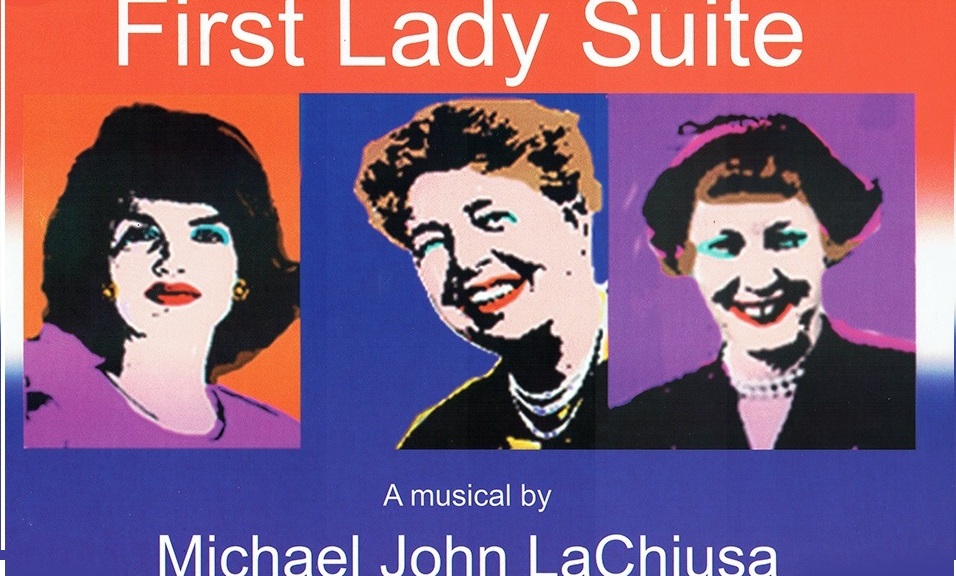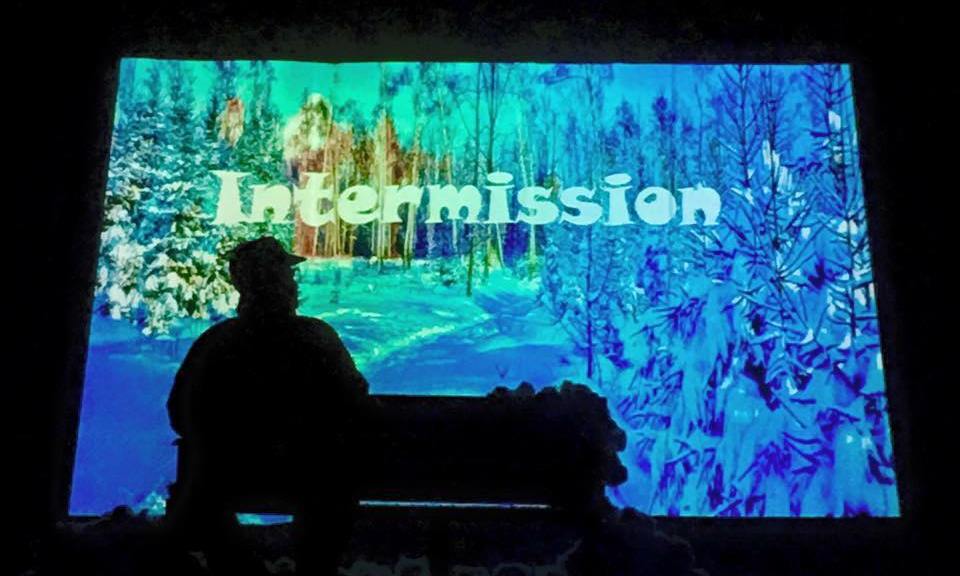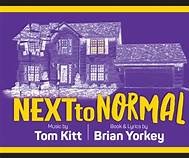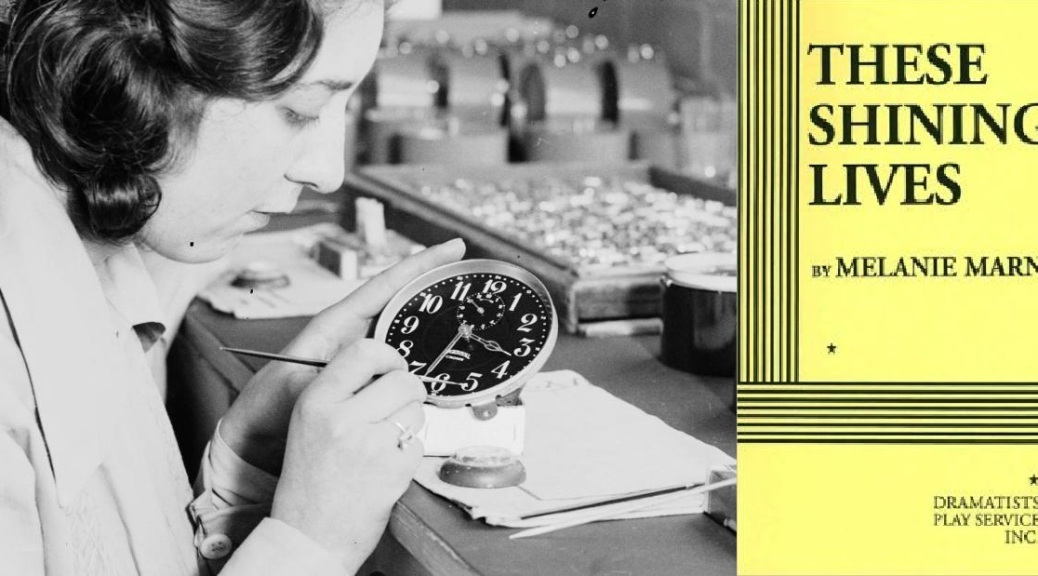Gordo: This other time, we stapled bologna to all the trees in the neighborhood. Oscar Mayer All American beef. Because we were so sick of having to eat the same crappy bologna and Kraft sandwiches everyday for lunch. See, our mom didn’t know how to cook. Or didn’t believe in it. It wasn’t like a feminist thing. It was like a nurturing thing. She was anti-nurturing in general.
Summary: Concord Theatricals: The routines of daily life get blown apart when two brothers take in a plucky young houseguest. While India is running away from her relatively normal family, Chaz is struggling to find normalcy in the one he already has. Is it possible to be your brother’s keeper and have a life too?
TPT Commentary: “There are, however, those who need more than we can or should be willing to provide.” Who wrote that? Oh yeah, it was me. Imagine 2 plays that were presented in the same Humana Festival of New American Plays at Actors Theatre of Louisville in 2008, and both with slightly different takes on our responsibility to those who are less prepared to face the cruel world than others. To what extent do we give up our dreams so that another might feel safe? Do we deserve our own life and dreams when family needs us? Do we “owe it to ourselves” to fulfill our destiny regardless of a cultural commitment?
The “Hurricane Gordo” of the title is a manchild in his early 20s with epic self-control issues. Is he intellectually disabled? Stunted by trauma? Mentally ill? The story leaves that open to interpretation. If he were depicted more precisely the audience might quickly make up their minds about whether he should be in a group home, psych ward, or frat house. This conundrum also gives us permission to laugh instead of being horrified or saddened when Gordo (Gordon) aggressively assaults his brother or voices fears that the luxury car on the street may be child protective services coming to take him away 5 years into his adulthood.
The three landmasses are in the path of Hurricane Gordo: 1) His brother, Chaz, with whom he was mutually abandoned by his parents. Chaz gave up his college tennis scholarship to return to the family home and keep Gordo out of trouble. Now, forced to sell most everything to get by, we eventually find that the stacks of phonebooks are part of a grossly ineffective letter-writing campaign to locate said lost parents, 2) India, a teen rebel who may or may not be trying to run away from home with a rabbit in a French horn case, and inspires Chaz to ruminate on freedom, and 3) Oscar, India’s annoyed and wealthy father who did run away from home at 17, but it sucked so he went back home.
Compared to Becky Shaw, it seems that moving to the suburbs makes New Yorkers curse substantially less. They still use some coarse language, but only a fraction of the latter. Some characters might be lackluster, but no one is offensive. To paraphrase one reviewer, this quirky play will have some audience members asking themselves, “What am I watching and why are we here?” and others, laughing so hard they wet themselves. All gathered to watch this play will get more than they predicted at first glance.
Recommendation: Highly recommended, but in a very balanced season. Audiences seem to accept coarse language more readily when the plotlines have more gravitas. In my area it is difficult to find enough actors to cast a non-musical. Finding those actors who appear to be in their early 20’s may be easier in college towns. Hopefully your company has built a reputation for doing good work and a good marketing plan to combat the plays obscurity. This play will not sell based on its title or the playwright’s credits for writing the Showtime original series, Weeds.
Themes: family/belonging, protectiveness of adult siblings, wanderlust/destiny, How earnest are about getting what you want?
Cast: 1f, 3m:
1 Female, 17 but passes for early 20s
2 Males, mid/early 20s
1 Male, late 50s
Culturally conscious casting opportunities: All characters are non-specific to ethnicity. The two males in their 20s are brothers. The young female and older male are father and daughter. All characters are specific to gender.
Running Time: Coates Theatre, San Antonio (2021) “The performance runs 95 minutes. There is no intermission.” There is however an act break opening on a scene “a few minutes later.”
Sets: 1 location: “A ranch-style house in a waning suburb of New York. The living room has been converted into a makeshift office.” The absence of a PC/laptop, substitution of electric typewriters, and lack of presence of cell phones may have less to do with the period and more to do with the fact that Chaz has sold off nearly everything to support himself and his brother.
Costumes: Contemporary: Adult size San Diego Chargers football helmet. India has unnaturally colored hair. Oscar needs to portray casual wealth (stage directions: “cashmere blazer”)
Props: office furniture and a couch that have seem better days, 2 electric typewriters, odd toys/fidgets, lots of phonebooks, a French horn case that carries a live white rabbit that is said to be a Polish dwarf
Period notes: Contemporary, early 2000s? If Oscar were 17 when he ran away from home (to a commune) in 1967, he would be 56 in 2007. A setting later than this might make running away to a commune less likely.
Playwright:
Biography: https://www.concordtheatricals.com/a/4523/carly-mensch
Reviews:
Cleveland 2008: here, here and here
Substance use: None
Sex: None
Violence: In emotional fits, Gordo throws himself at walls, objects and his brother. A fight choreographer would be a safee hire.
Coarse language and other possibly controversial subject matter: “Fuck. Shit. Motherfucker shit-pant ass-face” is spoken all at once by one actor in a single breath and “Fucking” is used twice as a modifier. Other topics: Parental abandonment, teen runaway, harboring a runaway, running with teen in this manner and crossing state lines as suggested but never committed would constitute a federal crime as well as ethical quagmire, tolerance of unsafe behavior
Rating: PG-13 for some coarse language and mild adult themes
TPT Source: Humana Festival 2008: The Complete Plays, Adrien-Alice Hansel & Amy Wegener, Editors, Playscripts, Inc., NY, NY, ISBN 0970904681, on loan from Harper College Library, Palatine, IL
Purchase: Acting Edition $9.95
Royalties:
Minimum Fee: $100 per performance
Format inspired by the sadly suspended operations of the Arkansas Repertory Theatre then enhanced by TPT















